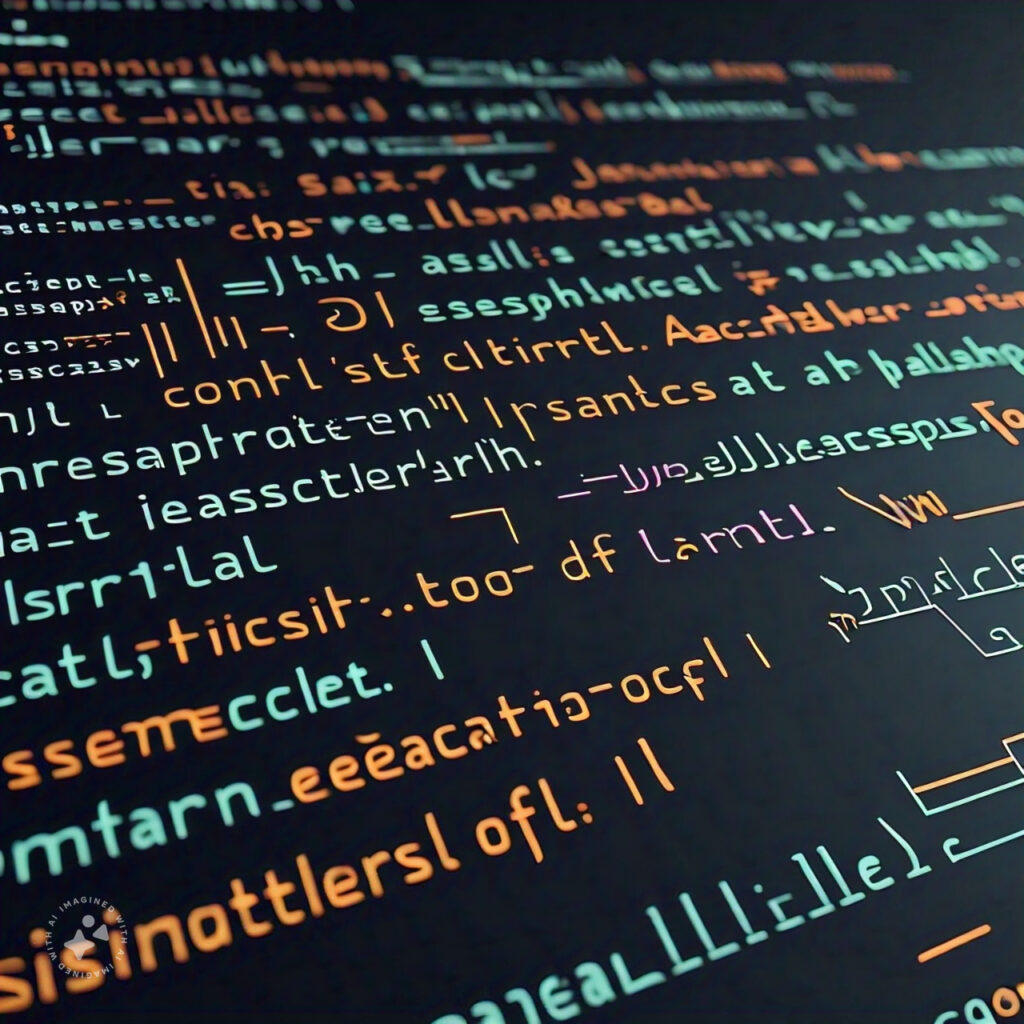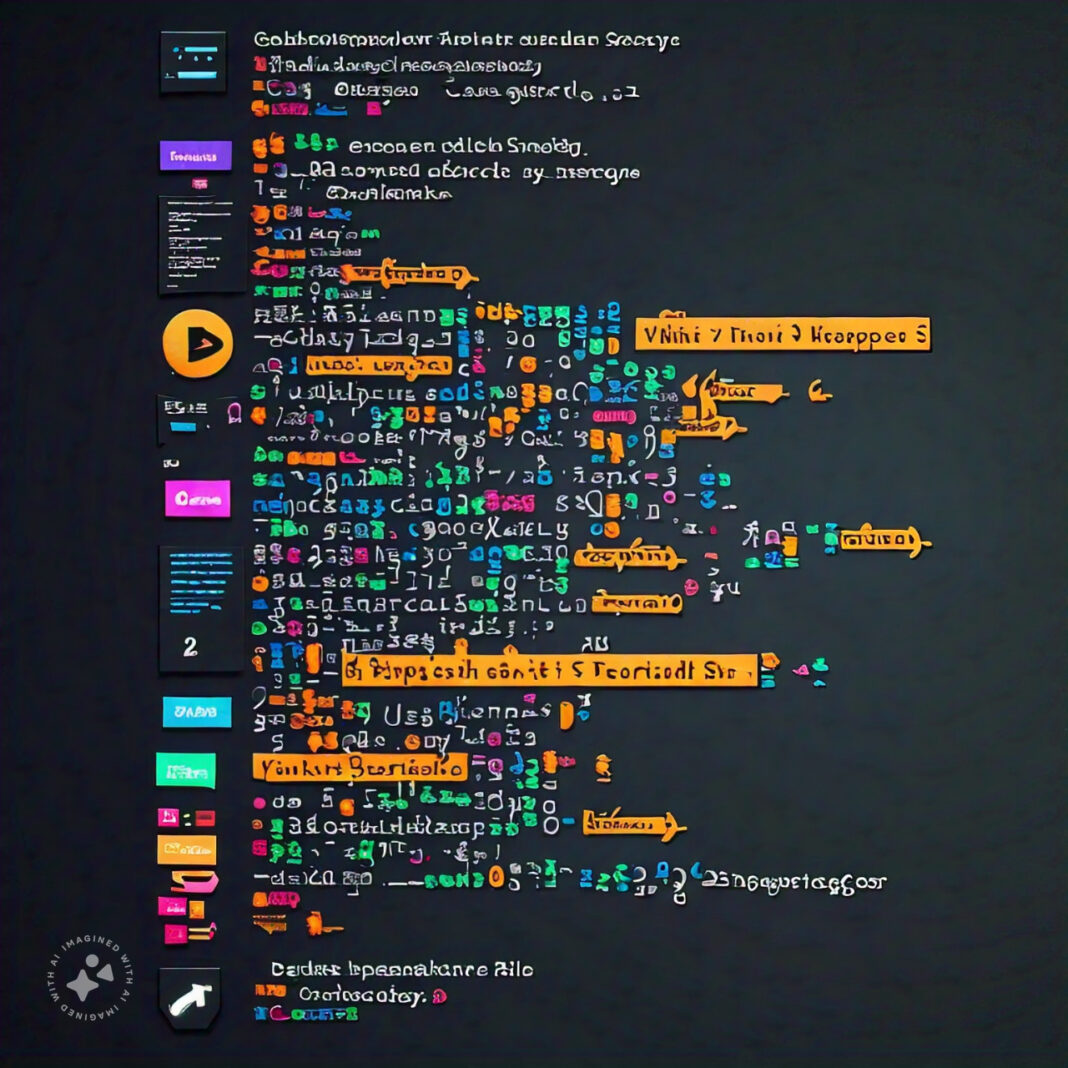Today, scenarios that involve web browsing, video gaming, or even working on many apps available on smartphones rely heavily on programming languages. But what is a programming language, and why is it important?

In this paper, we will dissect what a programming language is, how one goes, and why it is good to know about or learn. It is to make a sometimes scary topic something quite simple so that anyone can understand—even someone without a background in the technical areas.
Programming Languages Explained
It’s more like a way of communicating with computers. Think of it, maybe, as a kind of translator that lets human beings tell the computer what to do. Just as human beings use different languages to communicate, for example, English, Spanish, or Chinese, computers understand and reply in various programming languages. These languages help the programmer to give the computer exact instructions the latter should follow.
More so than human languages, programming languages are incredibly precise. The slightest mistake prevents the computer from doing what you want. Programming itself is the process of telling the computer to perform these tasks in a very specific and unambiguous manner.
What Is a Computer Programming Language?
A programming language is, in simple terms, a set of instructions or commands with which you can give directions to a computer. The computer is simply hardware and does not have any will of its own; it depends solely on these instructions to perform any action, from simple calculations to performing highly sophisticated 3D simulations.
Key Components of Programming Languages.
- Syntax – Syntax is a set of rules that defines the structure of your code. It’s the guiding principle that describes how code will be written, much the same as grammar sets the structure of sentences in human languages. You are running into a syntax error when you write code that does not comply with the syntax of the language being used, in such a case, the computer won’t understand you.
- Semantics – The semantics describe the meaning of the code. When one writes any code with perfect syntax, the computer interprets the meaning behind such code and performs some action.
- Commands and Instructions – Essentially, any programming language consists of some type of commands or instructions useful to let the computer know what it needs to do. Different programming languages have their own set of instructions.
How does a Programming Language Work?
Computers do not understand English or any other human language. They understand only binary code, a string of 1s and 0s. Therefore, writing instructions in binary code, even with time-consuming care, is extremely difficult for humans. In comes the programming language, which acts to translate this human-readable code into binary so that it can be understood and executed by the computer.

When you write code in a programming language, like Python, Java, or C++, it is converted to machine code that the computer reads. The process of translation is done by a compiler or by an interpreter:
- Compiler: It translates your entire program at once into machine code. The program is then executed.
- Interpreter: The other option is the interpreter; it works by translating the program line by line as the program runs, which provides immediate execution but probably with slower performance.
Types of Programming Languages
Programming languages are broadly categorized into low-level and high-level languages.
1. Low-Level Programming Languages
Low-level languages stand closer to machine code, meaning the gap is modest; therefore, they are quite more challenging for human beings. On the bright side, they give the programmer far more control over hardware. There are two types of low-level languages:
- Machine Language: It’s the most basic, with all code written in binary as a whole (1s and 0s). In the end, it’s what computers natively understand, making it very hard for humans to write.
- Assembly Language: This is a little better than machine language. It uses some abbreviations or symbols to indicate operations, such as ADD for addition. It is still very difficult for a human to use, but it is a small improvement over machine language. 2. High-Level Programming Languages
High-level languages are easily readable, writable, and understandable by humans. It has a greater degree of abstraction from machine language, and it mandates the usage of a compiler or interpreter to convert to machine code. Most modern-day programming is based on high-level languages because they are more user-friendly and efficient in writing complex codes.
Examples of high-level programming languages include:
- Python: Highly readable, simple, and therefore recommended.
- Java: A general-purpose, versatile language that runs in all environments.
- C++: A superset of C, adding Object-Oriented capabilities for high-demand software implementations.
- JavaScript: A web-specific language that adds interactivity to Web sites
Why So Many Languages?
There is no one-size-fits-all programming language. Languages have been tailored to the needs of specific problem domains. Some are better at web development, others in data science, game development, or even hardware-oriented programming. Let’s take a closer look at why so many different programming languages exist.
- Specific Use Cases: With different tasks, different tools are used. For example, HTML and CSS are used for structuring and styling web pages, and SQL is used for handling databases. A language like Python is popular in data science, artificial intelligence, and automation, where those libraries exist in large numbers and it is very simple.
- Efficiency: Languages differ in speed and efficiency of execution. For example, C and C++ are very efficient in execution and are thus applied to system software and game design, which requires fast speed.
- Ease of Use: Beginners might prefer Python or JavaScript due to their ease of learning.
- Compatibility: Different languages run better on different platforms or operating systems. For instance, Swift is meant to be used exclusively with Apple’s iOS and macOS, while Java runs on various platforms, facilitating the concept of “write once, run anywhere”.
How to Choose a Programming Language?
The selection of a programming language depends upon what you want that language to do. Here are a few considerations.
- Purpose: If you wanted to create websites, most probably you would start with HTML, CSS, and JavaScript. If you want to make mobile apps, you might try Swift for iOS and Kotlin for Android.
- Community: Languages like Python and JavaScript have strong communities. That is, there are very many resources, tutorials, and libraries that should come in handy in your quest.
- Learning Curve: If you are just starting, you might want to consider a language that is easier to learn, such as Python. C++ and Java are very hard but equally rewarding because a lot of principles on which programming is built can be learned from them.
- Performance: If you plan on creating programs with higher performance, choose languages such as C++ or Rust or, for more efficient applications like video games or real-time simulations, then, respectively.
Popular Programming Languages and Their Uses
Let’s glance through some of the most popular programming languages and what they are best used for:
- Python: A great language for beginners due to its simplicity, though it’s also used in many applications such as web development, data analysis, artificial intelligence, and automation.
- Java: Most popularly known for its portability across platforms, it’s used in creating mobile apps, enterprise software, and web applications.
- C++: Fast and powerful since this language provides complete control over the system resources. Commonly used for producing games, real-time simulation apps, and system software.
- JavaScript: Mainly used to make web pages interactive. It’s one of the very few things that any budding Web Developer just cannot do without.
- Swift: Apple’s choice of language when it comes to developing iOS and macOS apps.
- PHP: Most of the active server-side websites are made using it. The most popular use of PHP in programming is in WordPress.
Why Learn to Program?
Whether you want to become a software developer or a web developer, or you only want to relate to the workings of technology, it is very important to learn a programming language. Here are some reasons why.
- Career Opportunities: Basically, the demand for programmers is high and keeps on growing. One can work for a tech company, as a freelancer, or even start your own tech business, but the doors programming skills open are numerous.
- Problem Solving: Coding sharpens your logical reasoning and problem-solving abilities. It helps you develop analytical skills, break down complex problems into smaller, manageable parts, and eventually sort them out step by step.
- Automation: Learning programming can automate most work that is repetitive, hence saving time and making doing a lot easier in both personal and professional lives.
- Creative Expression: This factor will help you give life to your idea in real life. Whether it may be a website, a video game, an app—anything you are developing, from your ideas, you can build with the help of programming.
Conclusion
In its simplest definition, a programming language enables human beings to converse with computers. It allows us to write instructions in a form that the computer understands and can execute. Starting from simple scripts to complex software systems, programming languages form the backbone of most technology being put into practice today.
Programming has become one of the most interesting specialized fields which evolve daily. One could just be interested in learning how computers work or take up a career that requires him or her to gain programming skills. Since there are too many different languages around, they definitely will need to be chosen according to what one needs, likes, and needs. Start in a high-level language if you are a beginning programmer and it opens up a bunch of new doors the further you plunge into the field.
Keep in mind that a programming language, like any other language, takes some time and practice to learn. But by dedicating yourself, you can unlock a world of opportunity.






